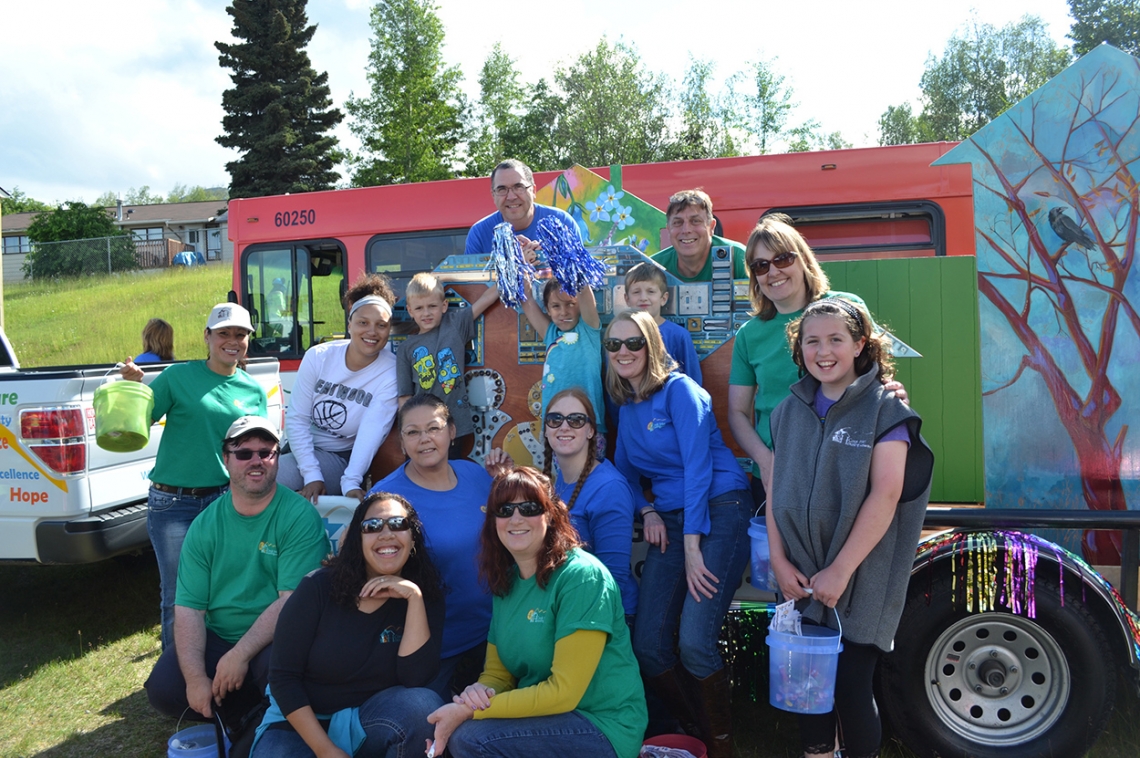Seeking a Common Language for Community Development and the Arts
Posted by Jul 24, 2017

Victor Rubin
This post is part of our Excellence and Equity in Arts for Change blog salon.
The worlds of community development and art for social change are intersecting frequently these days, and this leads, at least, to a need for simultaneous translation and patience if not treatment for outright culture shock. How do we talk about and track these new types of interactions? How are the respective practitioners getting along? And what happens when a planner, researcher, and evaluator steeped in 35 years of relatively conventional assessment of community development issues and organizations—that would be me—needs to understand, appreciate, and gain insights about the radically different styles, motivations, and ways of seeing and interacting that are employed by artists engaged in social change?
So far, so good! However, more and different tools are needed. And I think that the framework laid out in Aesthetic Perspectives: Attributes of Excellence in Arts for Change will be immensely helpful. The creators of the framework show how evaluators can be one of the types of users (along with artists, funders, curators and educators) and the guidance offered in that respect has already been useful. It’s a valuable counterpoint to overly narrow or prescriptive scorecards, metrics, or checklists, but has its own kind of discipline and systematic thinking.
Community development as a field of practice is forever on a pendulum swinging back and forth, often taking a decade or two to change course, between, on the one side, getting tangible projects done (most notably tax-credit housing developments), and on the other, taking responsibility for the comprehensive social, cultural, and physical well-being of a community. The first approach is hard enough, and very necessary, but inevitably falls short of major impact. The opposite approach—that of being comprehensive community builders—is extraordinarily complex and hard to arrange or sustain in a world that has few models or resources for that. In the last several years, though, many community development corporations, affordable housing developers, and other similar organizations are swinging back toward a more comprehensive approach, and this is being driven by two overarching themes: community health and the importance of arts and culture.
A CDC or affordable housing developer that is used to being evaluated—and funded—based on specific measurements of units produced and on the viability of its complicated financing plans might need a little time to adjust to viewing itself—or being documented with respect to attributes such as cultural integrity, sensory experience, communal meaning, or emotional experience, to name some of the components of the Aesthetic Perspectives framework. But that, in effect, is what is starting to take place, as local development entities are taking up creative placemaking initiatives in ways that are much more than discrete projects. For example, Carol Gore, CEO of Cook Inlet Housing Authority, a tribal housing organization in Anchorage, spoke to the most recent ArtPlace America Summit about how their arts activities are helping the organization bring Alaska Native “village values” back into the core of their work. (For more, check out a description and video here.)

The language gap between artist and community developers still needs some bridging, of course. Program managers seek to balance their baked-in need for sharp definition of, and accountability for, contracted products and services with the expectations of creatives for more open-ended, exploratory commissions. In their business, community developers have known risk-taking and disruption—two more of the 11 aesthetic attributes—but not necessarily in the way that artists mean them. These days, CD leaders and the artists engaged with them are, through their collaborations, finding more common meanings in these and other terms and attributes, and their communities should be the better for it.





